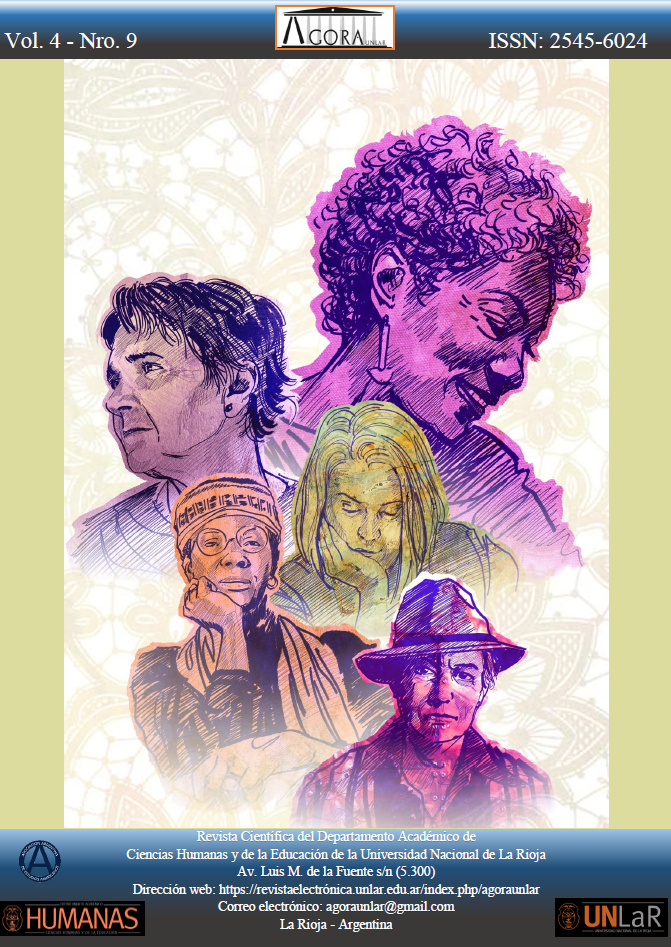ARQUETIPO Y CIENCIA FICCIÓN: FRANKENWEENIE, UN PERRO CON CHISPA
Palabras clave:
arquetipo y resemantización, Frankenstein, animaciónResumen
En la novela Frankenstein o el Prometeo moderno, la joven escritora Mary Shelley, imaginó una Creatura quecreció atravesando el tiempo y los diversos abordajes de un mundo ávido de experimentos. Incluso tomó unnombre, que no le pertenecía: se transformó en Frankenstein a partir de sucesivas versiones teatrales. Lapropia novela encarnó en dispositivos más “modernos”. El cine, como gran sueño “frankensteiniano” del sigloXIX, al decir de Nöel Burch (1987), fue el que se apropió de su figura creando un verdadero arquetipo. Desde1910, primera versión cinematográfica, hasta la fecha, se cuentan numerosísimas transposiciones de lanovela, considerada hoy un primer acercamiento a la ciencia-ficción. En el Bicentenario de su publicación,abordaremos la apropiación de contenidos hacia la pantalla grande: de Frankenstein, de Mary Shelley al filmhomónimo de James Whale (1931), para hacer foco en la posterior reelaboración de Tim Burton:Frankenweenie (2012). Analizaremos las transformaciones de la operación de trasvase a una de las técnicascinematográficas más antiguas: el stop-motion. Mito y ciencia se entrecruzan en una versión peculiar que esa la vez homenaje al cine. ARCHETYPE AND SCIENCE FICTION: FRANKENWEENIE, A DOG WITH SPARKAbstractIn the novel Frankenstein or the modern Prometheus, the young writer Mary Shelley, imagine a Creature whichgrew through time and the various approaches of a world avid for experiments. He even took a name, whichdid not belong to him: he transformed into Frankenstein from successive theatrical versions. The novel itselfembodied in more "modern" devices. The cinema, as a great "Frankensteinian" dream of the nineteenthcentury, according to Nöel Burch (1987), was the one that appropriated his figure creating a true archetype.Since 1910, the first film version, to date, there are numerous transpositions of the novel, considered today afirst approach to the science fiction. In the Bicentennial of its publication, we will approach the appropriation ofcontents towards the big screen: from Frankenstein, by Mary Shelley to the self-titled film, by James Whale(1931), to focus on the subsequent re-elaboration of Tim Burton: Frankenweenie (2012). We will analyze thetransformations from the transfer operation to one of the oldest cinematographic techniques: stop-motion. Mythand science are intertwined in a peculiar version that is at the same time a tribute to the cinema.Key words: Archetype and resemantization - Frankenstein – stop motionDescargas
Publicado
31-08-2019
Número
Sección
ARTÍCULOS DE INVESTIGACIÓN O REVISIÓN TEÓRICA





